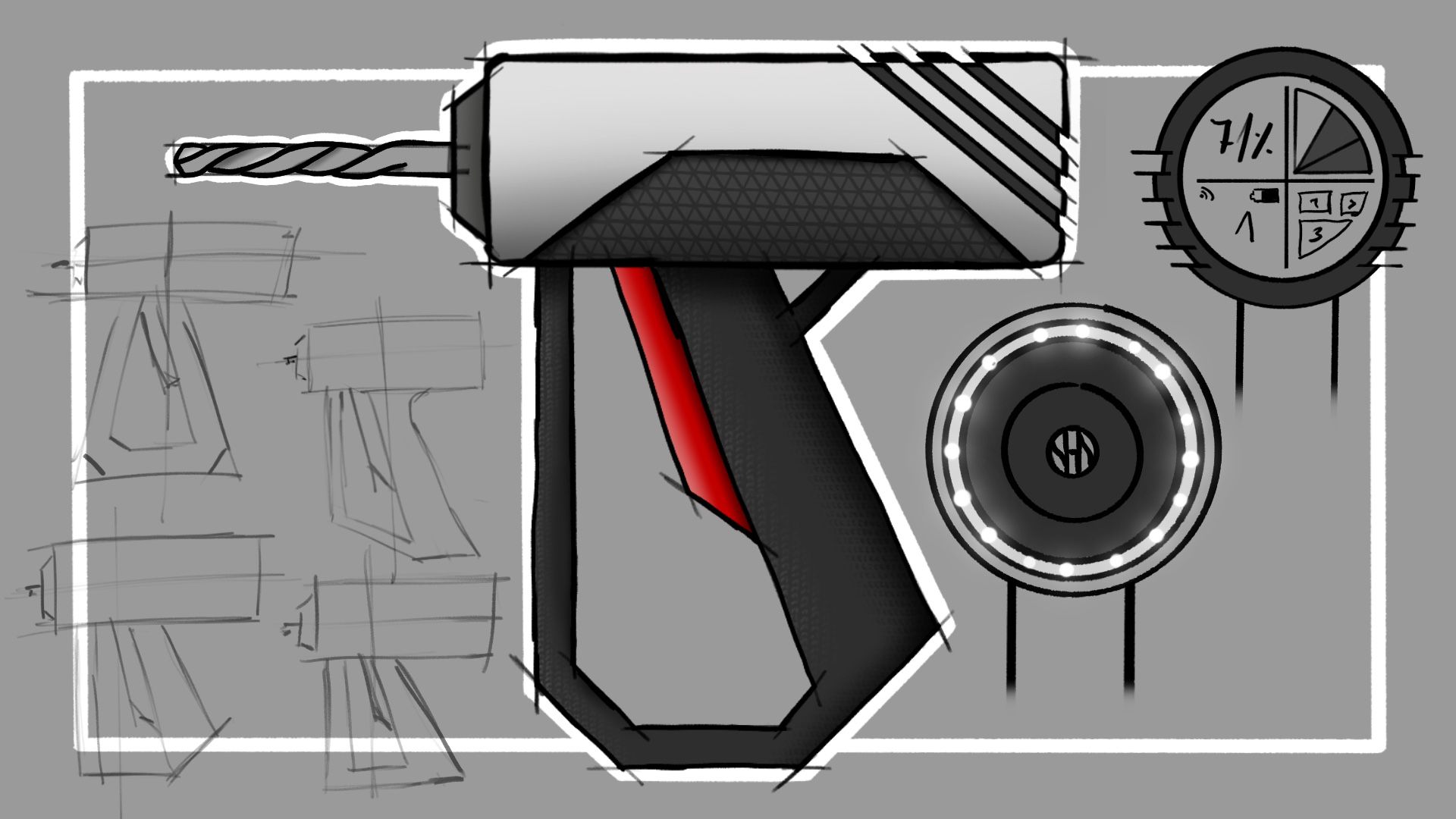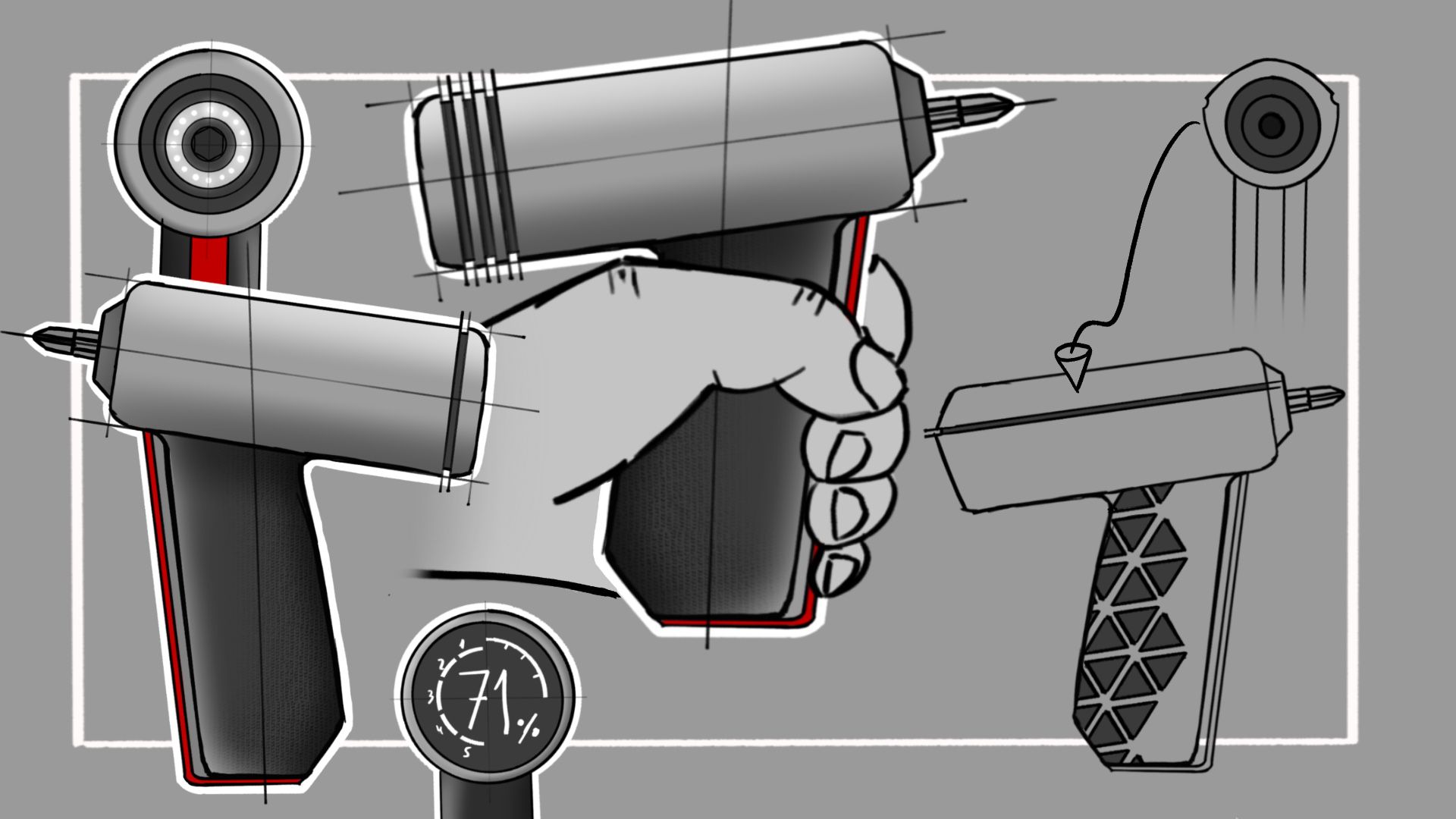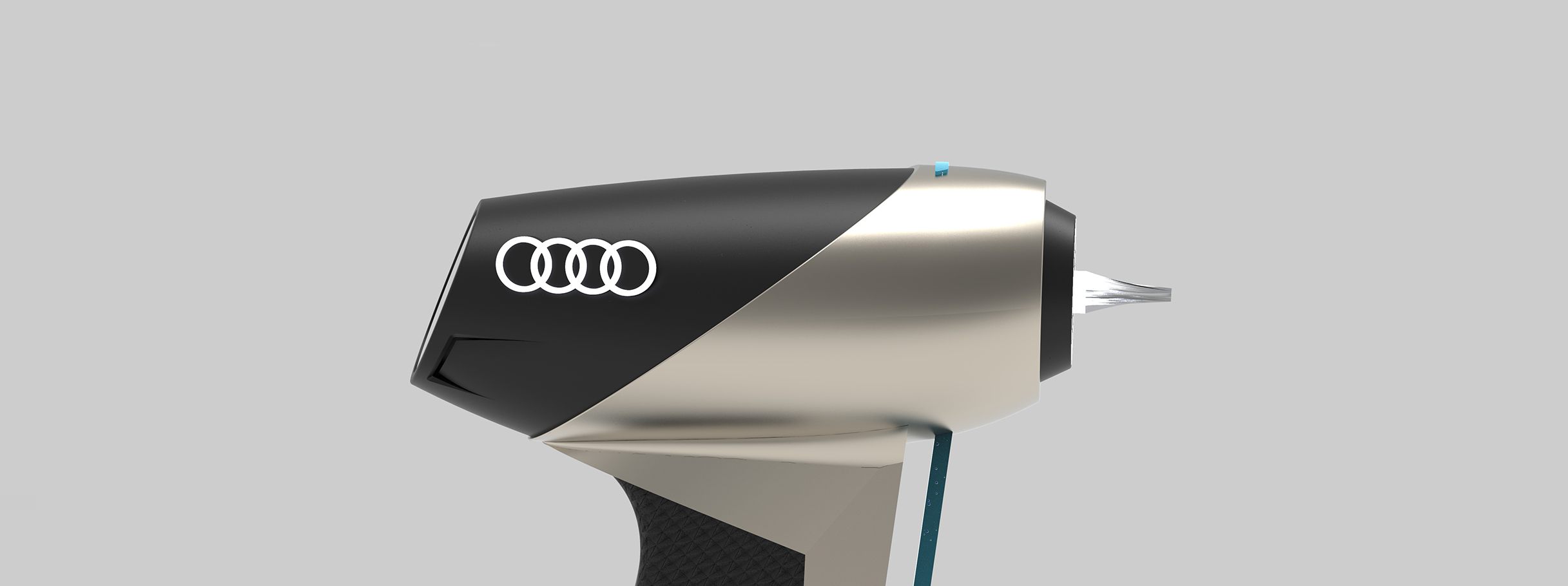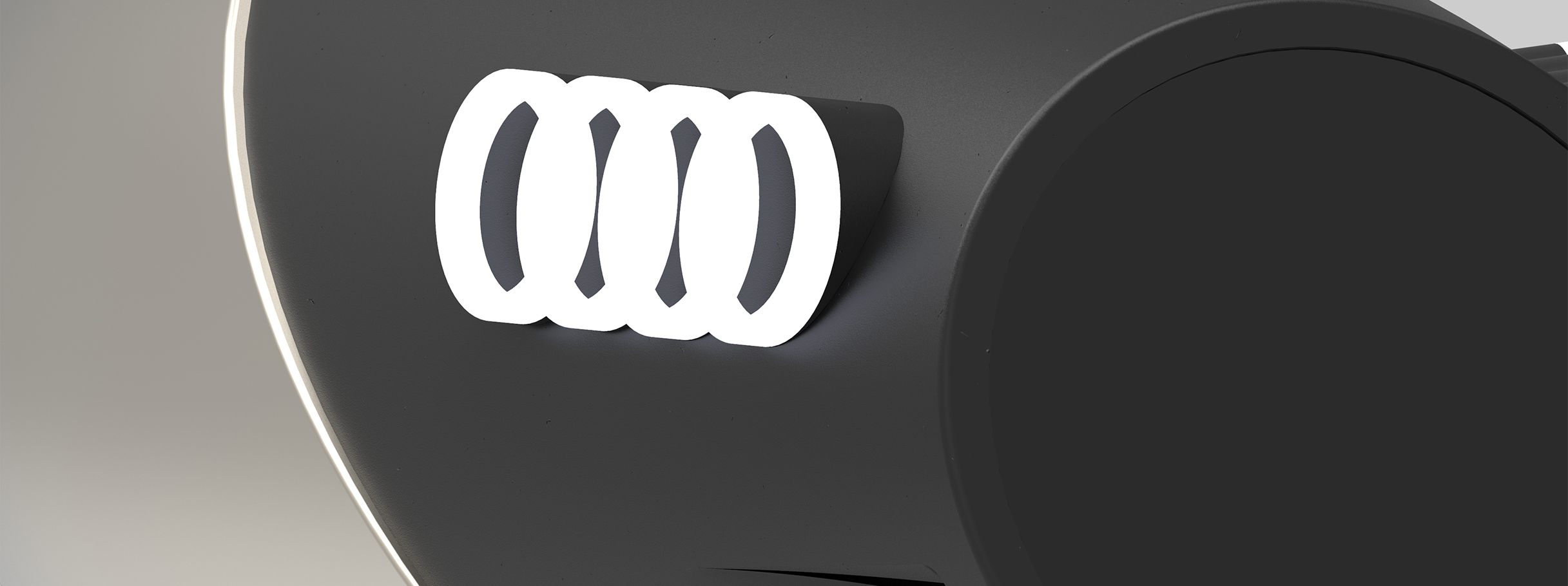Screwdriver
Together with Moritz Ebbrecht, I created a cordless screwdriver for our “technology” design module. We used a more technical approach to the design and development, as the module’s name would imply. The Audi AI:ME concept automobile, which was provided to us by our professor, was gained as our design inspiration.
Methodologies Used to Evaluate the Cordless Screwdriver
To ensure a comprehensive evaluation of the cordless screwdriver, we applied various design and analysis methodologies throughout the development process. Each step was carefully selected to address specific user needs, design goals, and technical challenges.
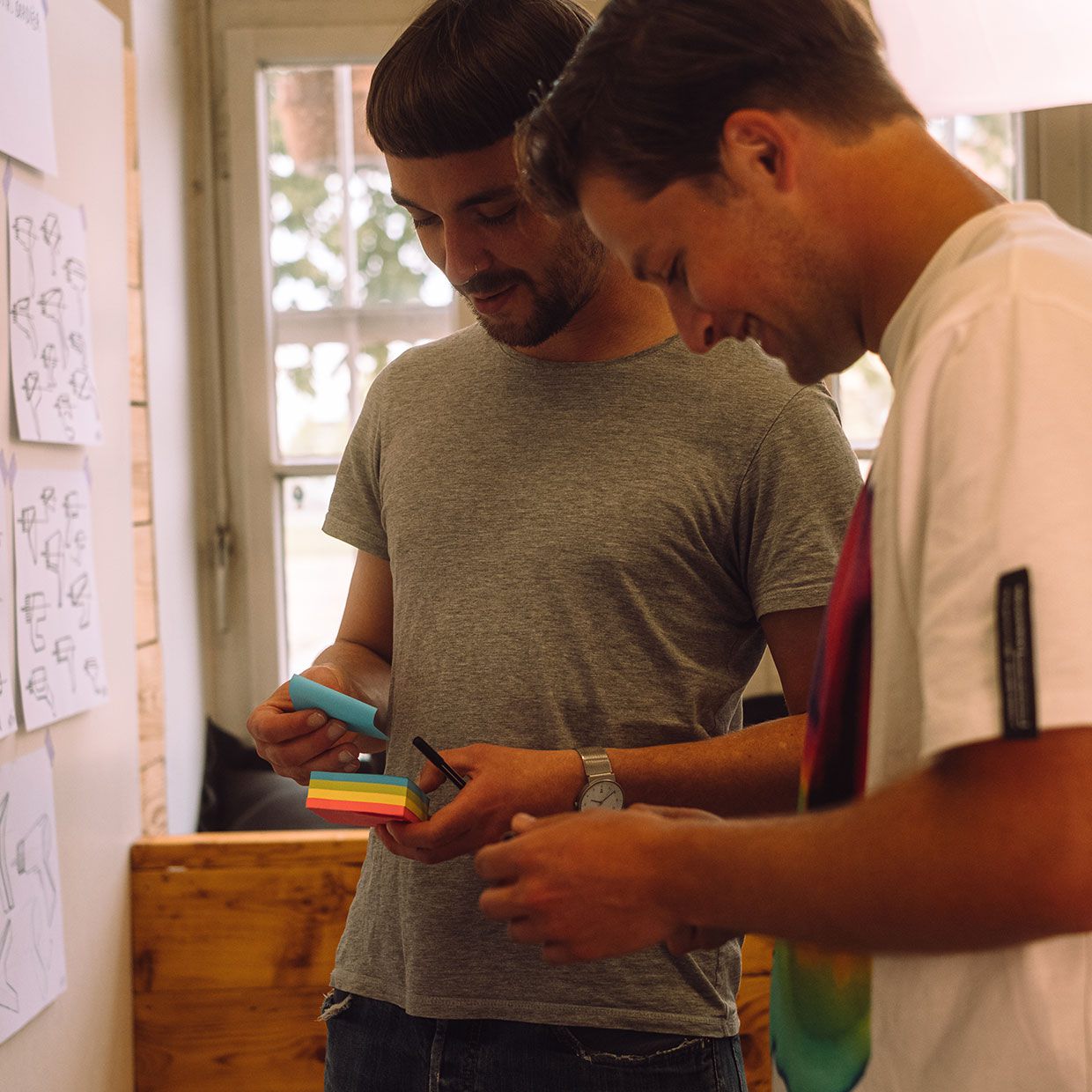
Persona Development and User-Centered Analysis
We began by developing detailed Personas to represent our target users and their needs. These personas served as a foundation for empathy-driven design decisions. Alongside this, we created Moodboards to visualize the aesthetic and emotional context of the product, helping us understand users’ expectations and preferences. Additionally, a Customer Journey Map was developed to capture the user’s experience from initial consideration through to product use, highlighting pain points and opportunities for improvement.

Requirements Definition
For a structured approach to defining user needs and project goals, we used several key tools:
- An Empathy Map helped us understand users’ thoughts, feelings, and motivations in relation to the product.
- The Hills Definition method allowed us to formulate clear, user-centered project objectives.
- An Effort-Impact Matrix was used to prioritize features and identify quick wins.
- Finally, we crafted an Elevator Pitch to succinctly communicate the core value proposition of our cordless screwdriver design.
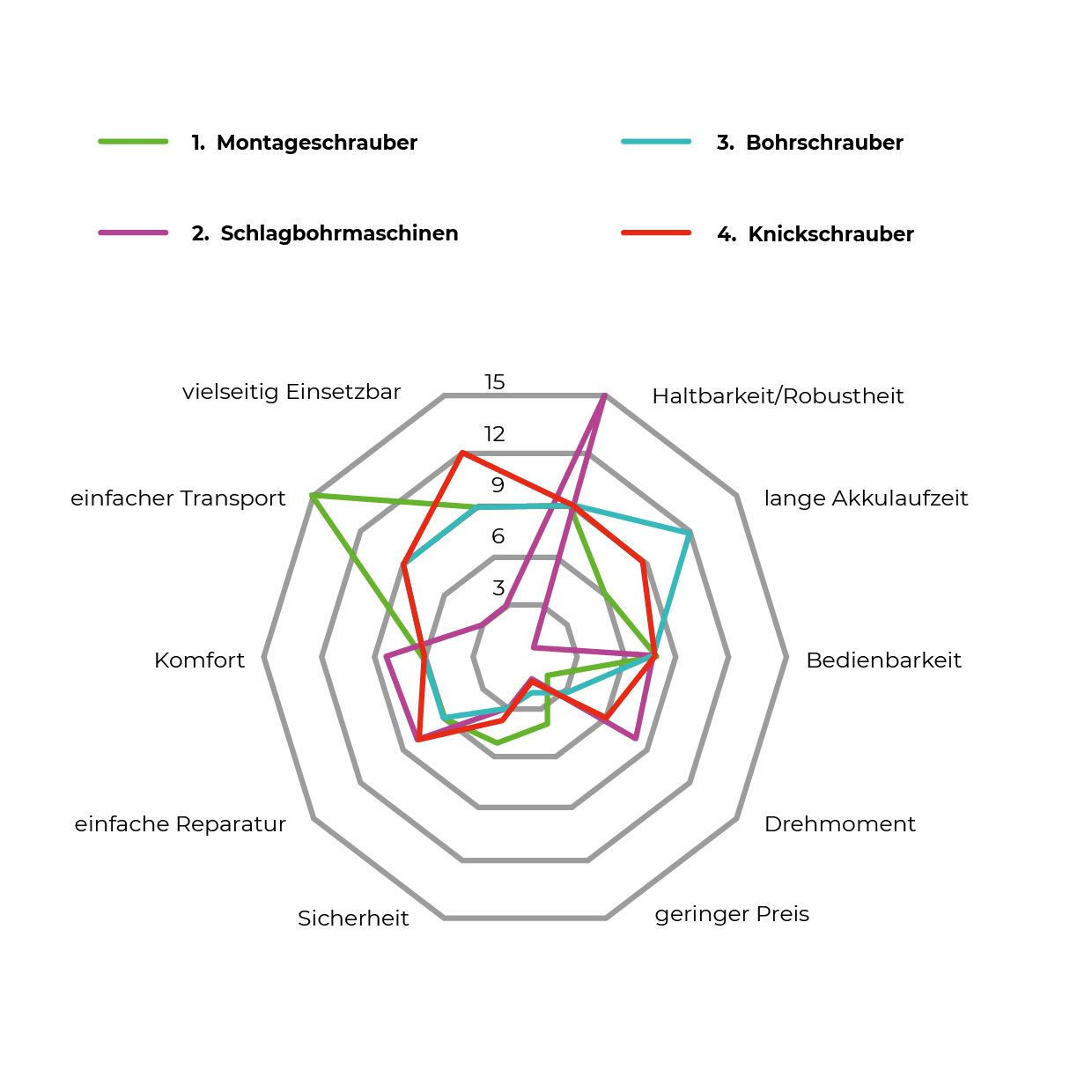
Concept Development and Evaluation
In the concept phase, we explored a wide range of design ideas and evaluated them systematically.
- Using a Morphological Box, we identified key design parameters and systematically combined them to generate innovative concepts.
- A Pairwise Comparison helped us to compare different concepts against one another, while a Concept Comparison table allowed us to refine our ideas based on key criteria.
- A Utility Value Analysis (Nutzwertanalyse) provided a quantitative basis for selecting the most promising concept.
- To ensure our design was competitive, we also performed a Benchmark Analysis to compare our ideas with existing products on the market.

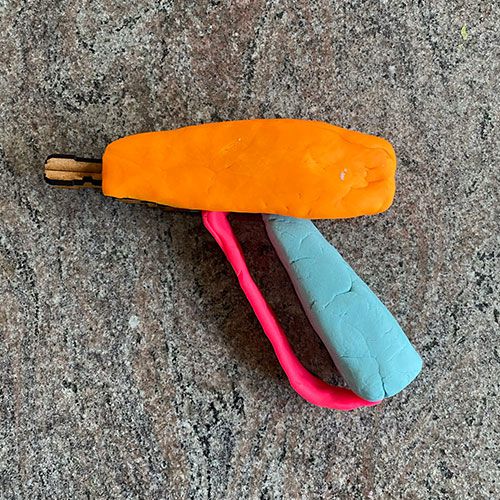
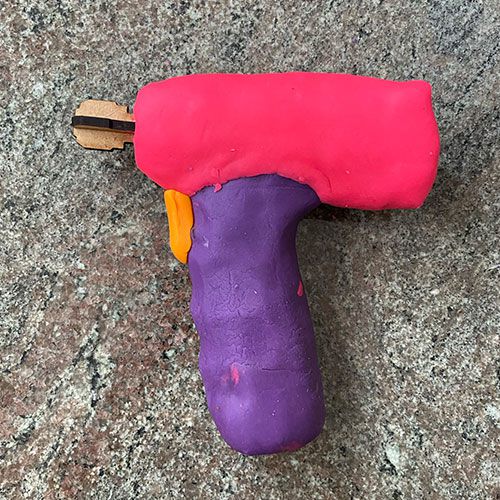

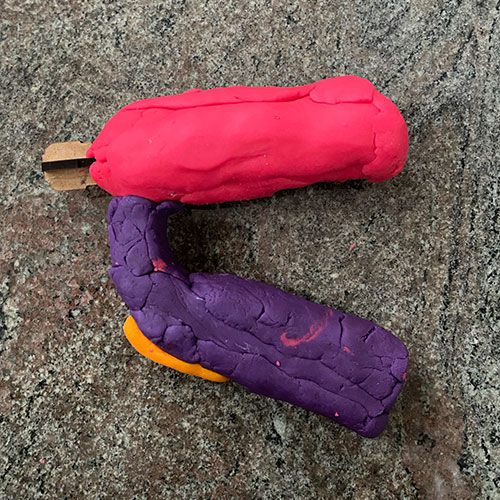
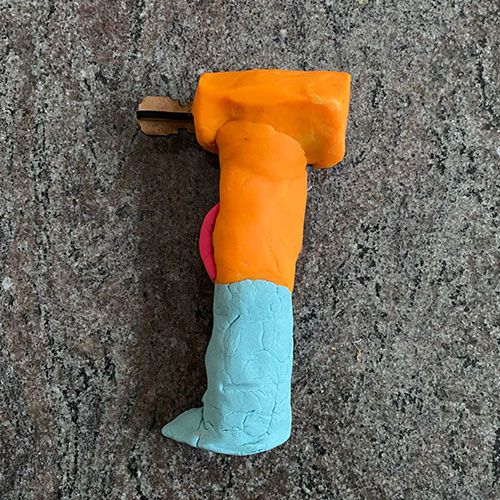

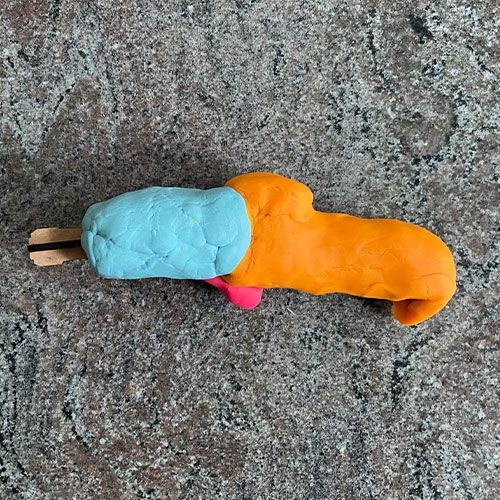
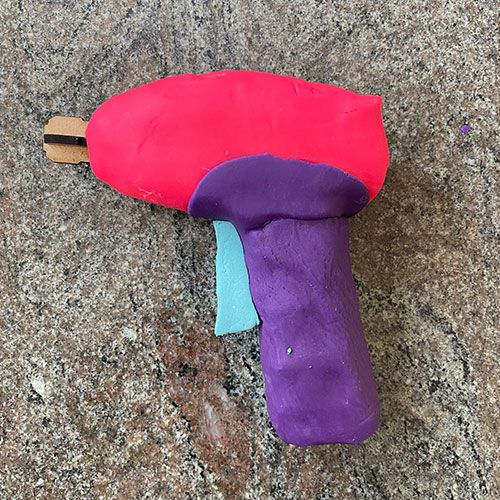
Prototype Development with Plasticine Models
First, we created plasticine models that incorporated the technical components in a wooden structure. These models allowed us to test the handling and ergonomics of the cordless screwdrivers in a realistic way. Through these tests, we gathered important insights regarding usability and potential design improvements.
Concept Sketching and Refinement
Based on the feedback and observations collected during our prototype testing, we then developed concept sketches to refine our design ideas. The models shown here represent only a selection of the final concepts that emerged from this iterative process, demonstrating how our initial prototypes evolved into more detailed and usable solutions.


